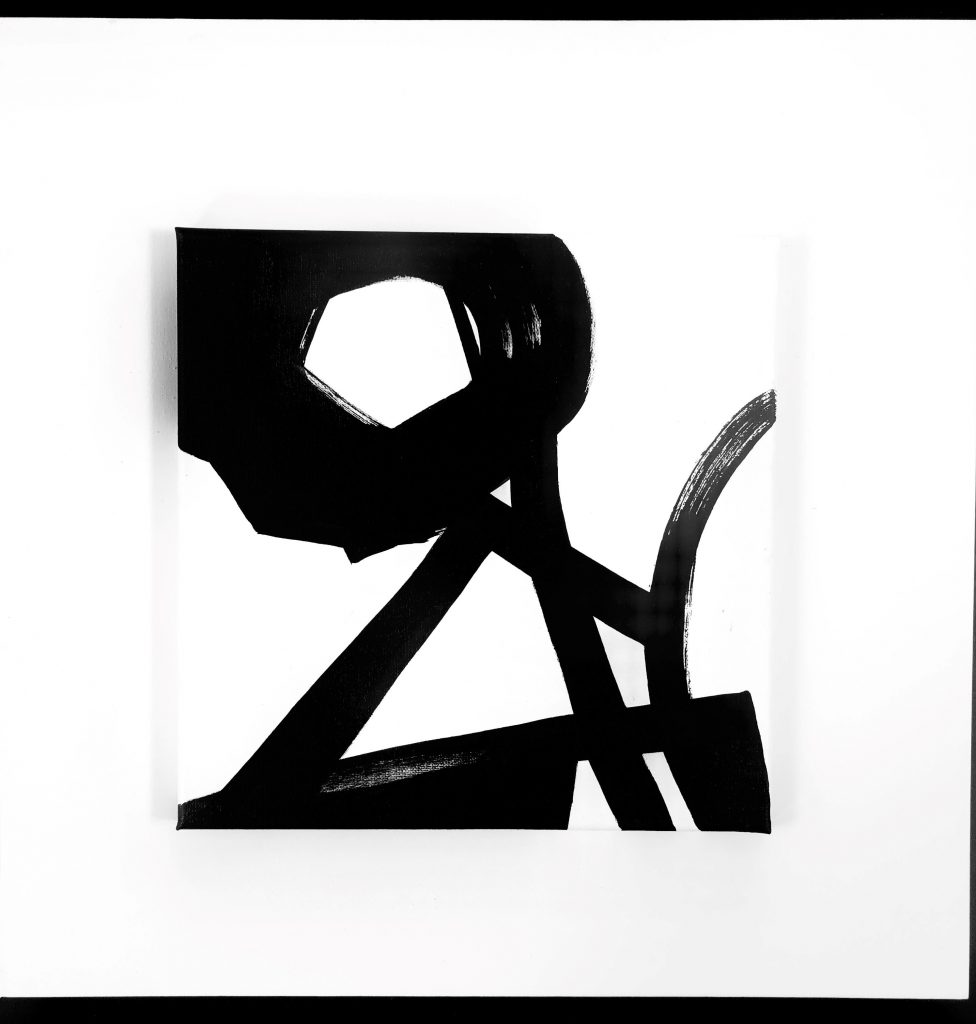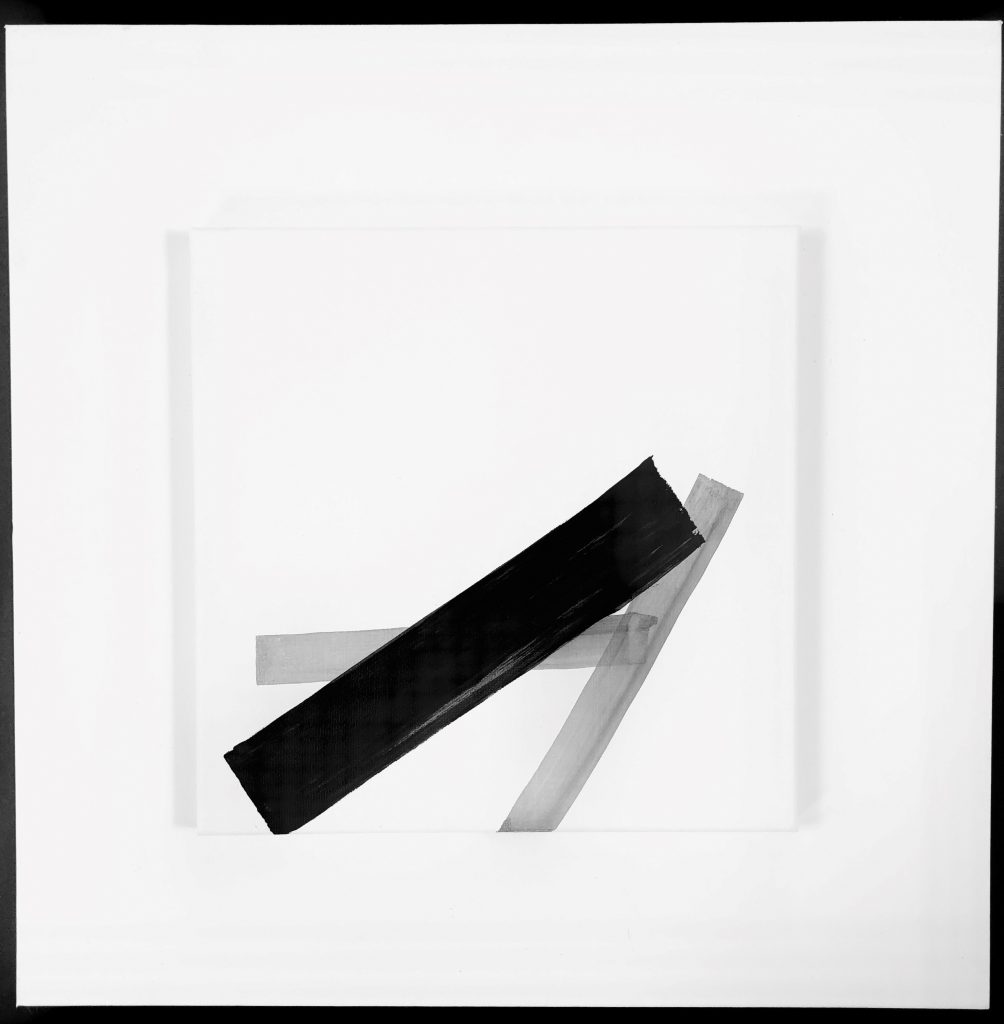20/20 artist Ellen Dieter sends these musings from her studio today, looking back at the past few months:
“Saturday March 7th was our TWA Twenty Women of Vision reception at Fresh Paint Gallery and was soon about to be what we called a last hurrah before the world changed forever.
On March 12, the school where my daughter works and where my grandsons go to school sent an email that the school would be closed effective immediately. It was a Thursday night. My grandson was to go to his 6th grade dance on Friday. Canceled. He was to have his last game of the playoffs that Sunday. Canceled. The world was on high alert because of this coronavirus. My daughter and grandchildren were living with me, which meant our lives were about to change in a profound way.
On March 19th, our Governor Gavin Newsom declared a house arrest type situation. We were all to shelter-in-place unless deemed essential workers. We were in a pandemic.
As I look back and remember these past three months, I have a hard time believing that we have all done what we have done and that we are here. I couldn’t have believed that my daughter and my grandsons and I could make it through the rest of the school year with what we now call distance learning. I would never have guessed that I would be part of a “drive-by birthday” and more recently arrange a “drive-by” baby shower. I didn’t want to believe that our trips would be canceled, that the museums would shutter, that the world would close down.
Who knew my daughter would learn how to make movies and I’d be filming her so she could teach her classes on-line, or that we would be making videos of the boys snowboarding down the stairs, and surfing in rain puddles. My 6-year-old grandson learned how to add by playing monopoly and the 11-year-old has become a real estate tycoon.
As for me and my art, I had to return to late night painting as my days were taken up with well, what I was just talking about and oh so much more.
At first it seemed the work didn’t change. I was adding paint to canvas. However, when one is affected so greatly by one’s surroundings, it is a challenge to not be moved.
I feel like the work I do takes on new meanings. I have always layered paint and shapes and colors only to take away, scratch and carve into to reveal what is underneath. Today the world itself is doing a lot of deconstructing. We need to do a lot of deconstructing, so we can build new and more mindful ways of communicating. We need to stand together, #Black Lives Matter.
When I look at my paintings that are part of Twenty Women of Vision, I can’t help but see how relevant they still are, and maybe even more relevant because of our recent events. I see worlds and different views, creativity and challenge, a push and pull that I feel more now than ever.”
















